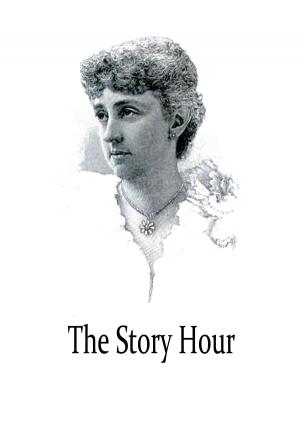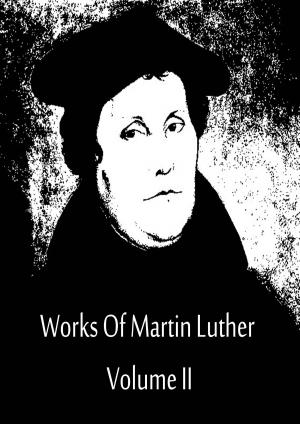| Author: | Emanuel Swedenborg | ISBN: | 1230000036224 |
| Publisher: | Zhingoora Books | Publication: | December 3, 2012 |
| Imprint: | Language: | English |
| Author: | Emanuel Swedenborg |
| ISBN: | 1230000036224 |
| Publisher: | Zhingoora Books |
| Publication: | December 3, 2012 |
| Imprint: | |
| Language: | English |
Christmas Summary Classics
This series contains summary of Classic books such as Emma, Arne, Arabian Nights, Pride and prejudice, Tower of London, Wealth of Nations etc. Each book is specially crafted after reading complete book in less than 30 pages. One who wants to get joy of book reading especially in very less time can go for it.
EMANUEL SWEDENBORG
Heaven and Hell
Emanuel Swedenborg, author of a strange system of mystical theology, was of Swedish nationality and was born at Stockholm on January 29, 1688. He was educated at Upsala, and after travelling for several years in Western Europe was appointed to a post in the Swedish College of Mines. Thenceforth, until he was 55 years of age, Swedenborg pursued, with equal industry and ingenuity, the career of a man of science, doing valuable work in mathematics, astronomy, navigation, engineering, chemistry, and especially in mining and metallurgy. These inquiries were followed by studies in philosophy and anatomy and physiology. But about the year 1744 certain visions and other mystical experiences began to take hold of his mind, and three years later Swedenborg had come to regard himself as the medium of a new revelation of divine truth. His message, or theory, or vision, was first promulgated in the eight quarto volumes of the "Heavenly Arcana," published in London from 1749 to 1756, and this was followed by "Heaven and Hell," 1758, the work now before us, the full title of which is "Heaven and Its Wonders, the World of Spirits, and Hell: described by one who had heard and seen what he relates," and several other apocalyptic books, all of which were written in Latin. The main features of Swedenborg's theology were a strong emphasis on the divinity of Christ, the proclamation of the immediate advent of the "New Jerusalem," foretold by the seer of Patmos, and the conception of correspondences between the natural, spiritual, and mental worlds. His followers, known as Swedenborgians, or more properly as "The New Church signified by the New Jerusalem in the Revelation," are widely spread but not very numerous, in England and in the United States. Swedenborg died in London on March 29, 1772.
Christmas Summary Classics
This series contains summary of Classic books such as Emma, Arne, Arabian Nights, Pride and prejudice, Tower of London, Wealth of Nations etc. Each book is specially crafted after reading complete book in less than 30 pages. One who wants to get joy of book reading especially in very less time can go for it.
EMANUEL SWEDENBORG
Heaven and Hell
Emanuel Swedenborg, author of a strange system of mystical theology, was of Swedish nationality and was born at Stockholm on January 29, 1688. He was educated at Upsala, and after travelling for several years in Western Europe was appointed to a post in the Swedish College of Mines. Thenceforth, until he was 55 years of age, Swedenborg pursued, with equal industry and ingenuity, the career of a man of science, doing valuable work in mathematics, astronomy, navigation, engineering, chemistry, and especially in mining and metallurgy. These inquiries were followed by studies in philosophy and anatomy and physiology. But about the year 1744 certain visions and other mystical experiences began to take hold of his mind, and three years later Swedenborg had come to regard himself as the medium of a new revelation of divine truth. His message, or theory, or vision, was first promulgated in the eight quarto volumes of the "Heavenly Arcana," published in London from 1749 to 1756, and this was followed by "Heaven and Hell," 1758, the work now before us, the full title of which is "Heaven and Its Wonders, the World of Spirits, and Hell: described by one who had heard and seen what he relates," and several other apocalyptic books, all of which were written in Latin. The main features of Swedenborg's theology were a strong emphasis on the divinity of Christ, the proclamation of the immediate advent of the "New Jerusalem," foretold by the seer of Patmos, and the conception of correspondences between the natural, spiritual, and mental worlds. His followers, known as Swedenborgians, or more properly as "The New Church signified by the New Jerusalem in the Revelation," are widely spread but not very numerous, in England and in the United States. Swedenborg died in London on March 29, 1772.
![Cover of the book Heaven and Hell [Christmas Summary Classics] by Emanuel Swedenborg, Zhingoora Books](https://www.kuoky.com/images/2012/december/500x500/1230000036224-NBOw_500x.jpg)
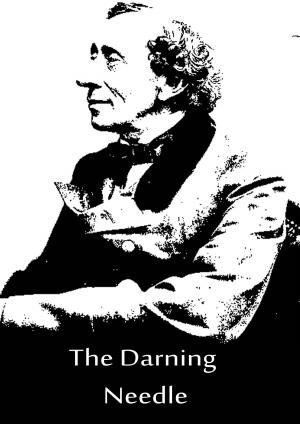
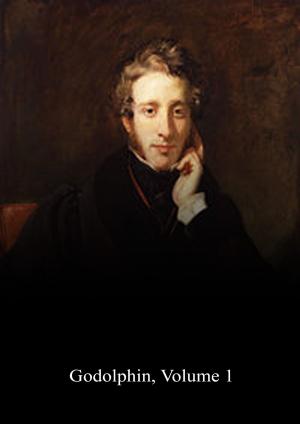

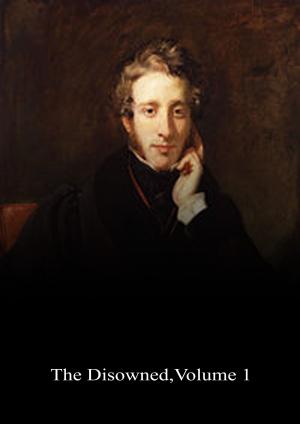
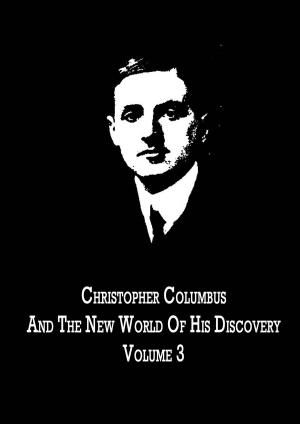

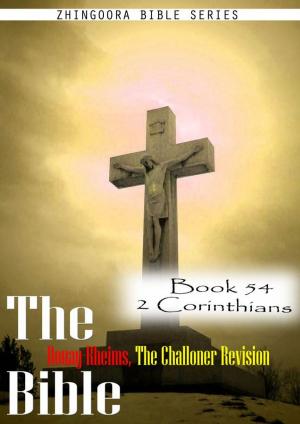
![Cover of the book The Theory of the Earth [Christmas Summary Classics] by Emanuel Swedenborg](https://www.kuoky.com/images/2012/december/300x300/1230000036276-YDbw_300x.jpg)
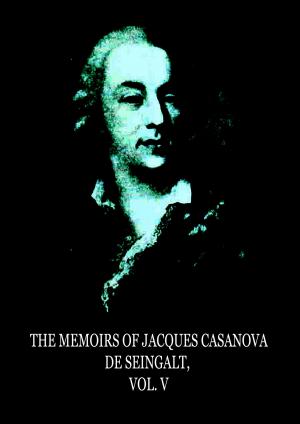
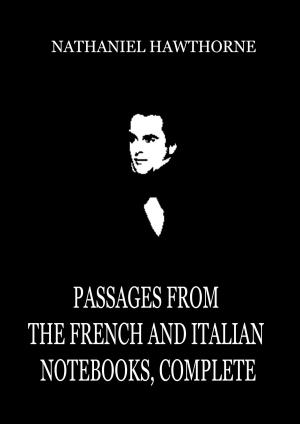
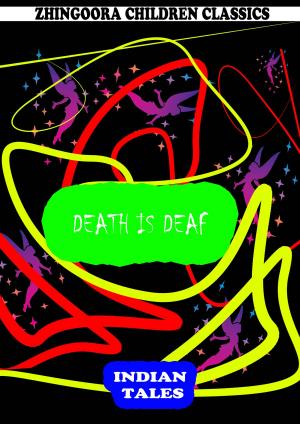

![Cover of the book The Abbe Constantin [Christmas Summary Classics] by Emanuel Swedenborg](https://www.kuoky.com/images/2012/december/300x300/1230000036883-ZINJ_300x.jpg)
